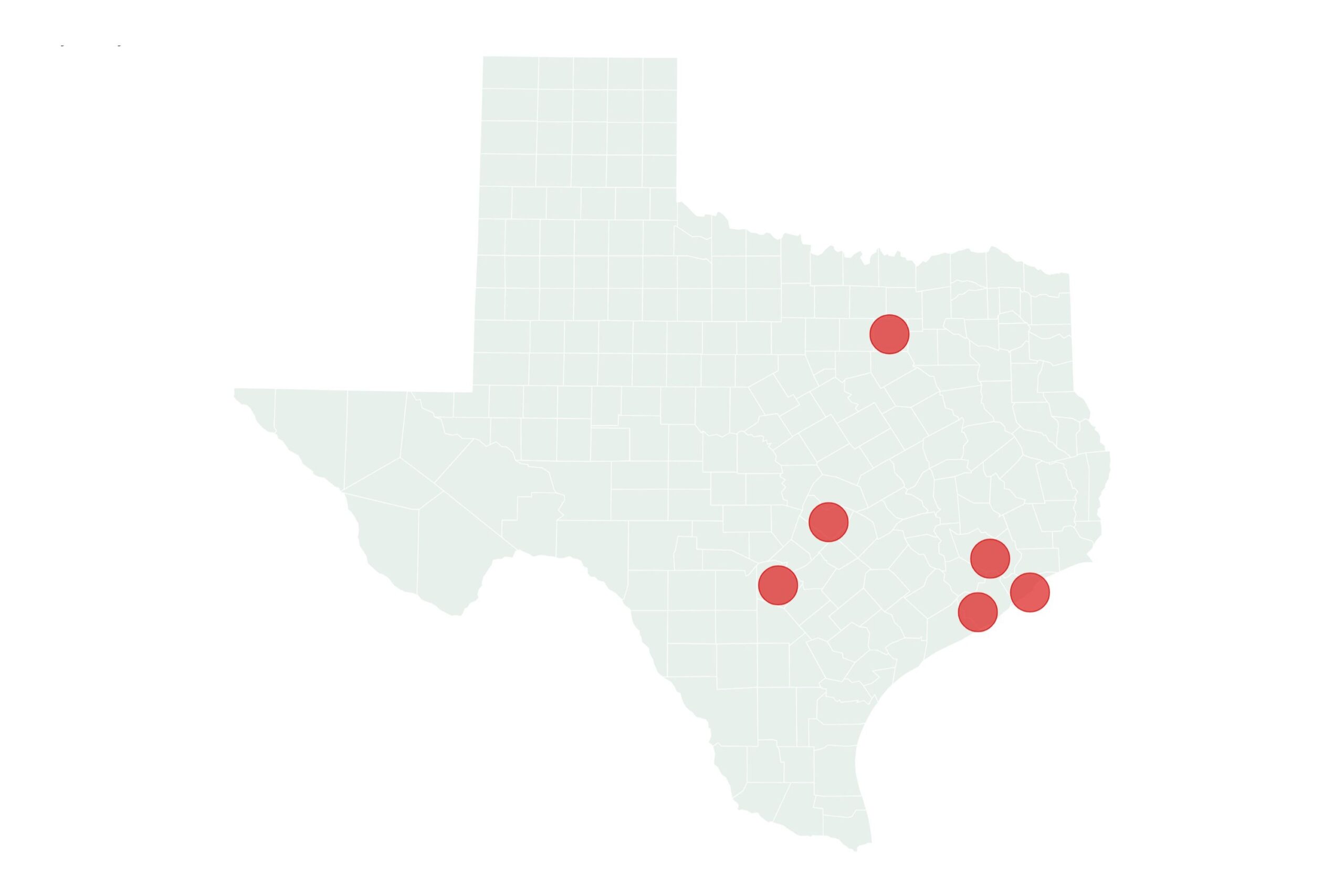
The Texas Commission on Environmental Quality (TCEQ) has issued ozone pollution alerts for four of the state’s largest metro areas as environmental officials warn that Thursday’s weather conditions could create unsafe levels of air pollution.
Houston, Dallas, Austin and San Antonio are all under Ozone Action Day advisories, with state and local agencies encouraging residents to reduce activities that contribute to emissions.
Why It Matters
Ground-level ozone is a key component of smog and forms when pollutants from vehicles, power plants and industrial operations react in sunlight. According to the Environmental Protection Agency (EPA), exposure—even short-term—can lead to difficulty breathing, lung inflammation and worsened asthma symptoms. Children, older adults and those with preexisting lung conditions are at particular risk.
What To Know
The TCEQ’s ozone alerts for April 10 span Houston-Galveston-Brazoria, Dallas-Fort Worth, Austin and San Antonio.
Atmospheric conditions are expected to support ozone formation in each region, with elevated ozone levels often associated with high temperatures, strong sunlight and light wind.
In Texas, the ozone season typically runs from March through November. The warnings come a day after the TCEQ issued a similar advisory for the Houston region, which frequently sees high concentrations of emissions and subsequent ozone pollution problems, particularly in the warmer months.
Officials are urging residents to take voluntary steps to limit emissions. These include avoiding idling in drive-thru lanes, carpooling, taking public transit or walking, and biking for short trips.
What People Are Saying
Meteorologist Brandon Buckingham told Newsweek on Wednesday: “Often times, conditions can be favorable for ozone formation during warm and sunny days with light wind and low humidity, which is what is expected across the Houston metropolitan area today.
“Ozone is a secondary pollutant, meaning it’s not emitted directly from sources but is formed through chemical reactions. These reactions require sunlight and higher temperatures, making warmer months more prone to ozone formation. When air is stagnant, pollutants don’t get dispersed, allowing ozone to build up to unhealthy levels.
“Ozone pollution is often more severe in urban areas where there are higher concentrations of pollutants from sources like cars, power plants, and industrial activities.”
What Happens Next
The EPA and TCEQ will continue monitoring air quality levels across Texas. If poor conditions persist, additional Ozone Action Days may be issued.
Residents can track local air quality index updates and sign up for alerts through AirNow.gov. The announcement of the next Ozone Action Day, if required, is expected by 3 p.m. on Thursday.
